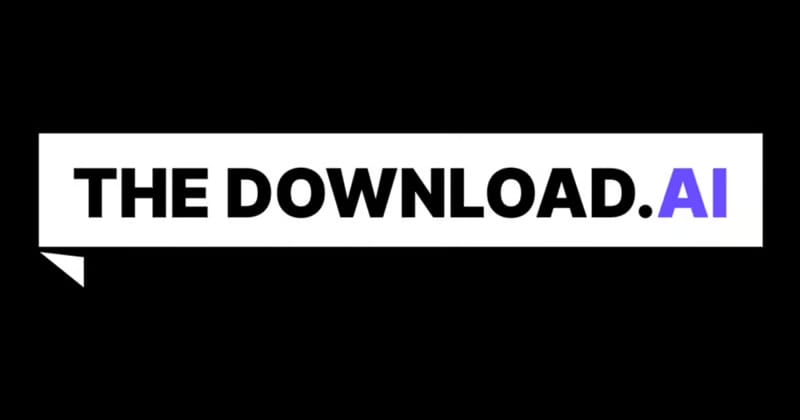- TheDownload.AI
- Posts
- 86th Edition Download
86th Edition Download
Anthropic’s latest Economic Index reveals uneven global and enterprise AI adoption; OpenAI introduces new protective measures for under-18 ChatGPT users; and Codex gets a boost with GPT-5-Codex

This Week in AI:
No jargon, no filler—just the biggest AI developments worth knowing right now. Perfect for quick industry insights, so you can skip the buzzwords and get straight to the good stuff. Let’s dive into this week’s AI shake-ups, just as promised:
This week highlights how AI’s growth is exposing where responsibility and infrastructure must catch up. We have data showing geographic and enterprise gaps in adoption; policy changes at OpenAI aiming to protect younger users; and coding tools leveling up again with more capable models.
Let’s get into it.
In This Issue:
TL;DR:
Anthropic’s September 2025 Economic Index shows rapid growth in how people use Claude.ai. Education, science, and directive/autonomous task delegation are rising. But usage is highly uneven: advanced economies and tech hubs dominate per-capita usage, while many countries lag behind. The report also shows that in enterprise/API use, automation (where AI does work with minimal back-and-forth) is becoming the norm over augmentation (collaborative or assistive usage).
Our Take:
These patterns are showing for where investment and product design matter most. If you’re building for global impact, ignoring infrastructure, localization, or access risks means you’ll miss big segments. Also, in enterprise settings, context (the data you feed in, how workflows are set up) is becoming a gatekeeper: having better tooling, good data pipelines, and clear use cases will separate winners from those scraping by.
TL;DR:
OpenAI is introducing multiple new safety measures for users under 18: ChatGPT won’t engage in “flirtatious talk” with minors, it will apply tighter guardrails around self-harm and suicide content, and implement an age-prediction system to redirect younger users to age-appropriate versions of the model. Parents will get more control (parental link accounts, “blackout hours,” etc.) and in severe risk cases, there may be alerts to authorities or parents.
Our Take:
This is a big moment in how we think about safety vs. freedom in consumer AI. The trade-offs are real: privacy, user autonomy, potential false positives in age detection, etc. If you build AI tools, especially ones that may touch vulnerable users, this raises the baseline expectation for safety and guardrails. Also, product teams will need to prioritize transparency and clarity, it matters how you communicate these restrictions, and how you build in parental or oversight controls without making an experience feel punitive.

TL;DR:
OpenAI released GPT-5-Codex, a variant of GPT-5 tuned for “agentic coding” tasks. The updates include better context handling (IDE & CLI extensions), faster response times, more accurate code review outputs, dynamic thinking time (spend more time on harder tasks), and improved workflows for developers, especially in code refactoring and front-end work.
Our Take:
For devs, being able to jump between environments (IDE/local/cloud), get meaningful suggestions or refactors without micromanaging context, and letting the model decide how long to “think” are all UX wins. The bar is rising: tools that don’t support this level of autonomy and alignment will feel stale. If you’re working in software or dev tools, this is a reminder to optimize not just for correctness, but for how much cognitive load you relieve from your users.
🚀 Thank you for reading The Download
Your trusted source for the latest AI developments to keep you in the loop, but never overwhelmed. 🙂
*For sponsorship opportunities, email [email protected]


Reply